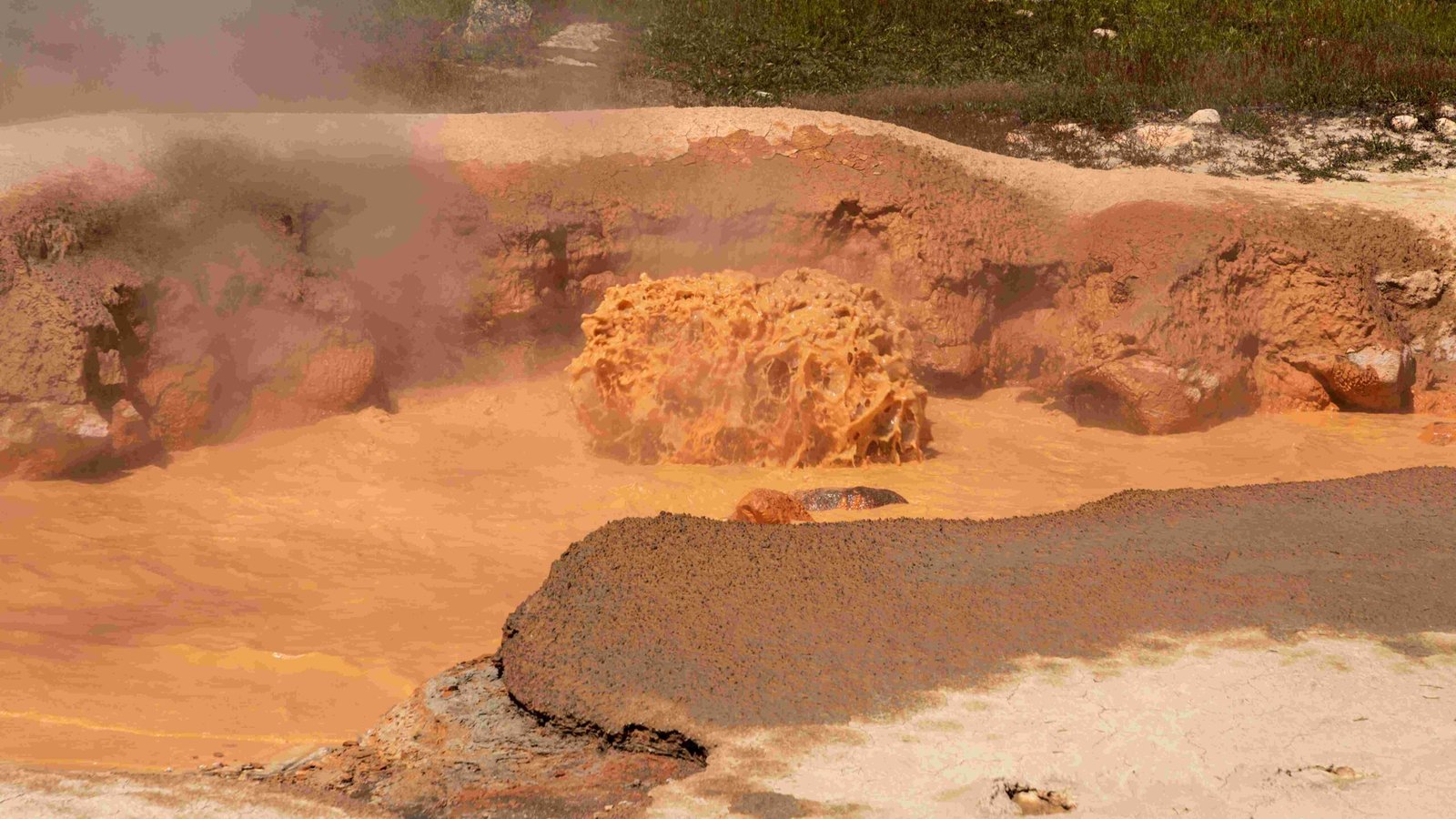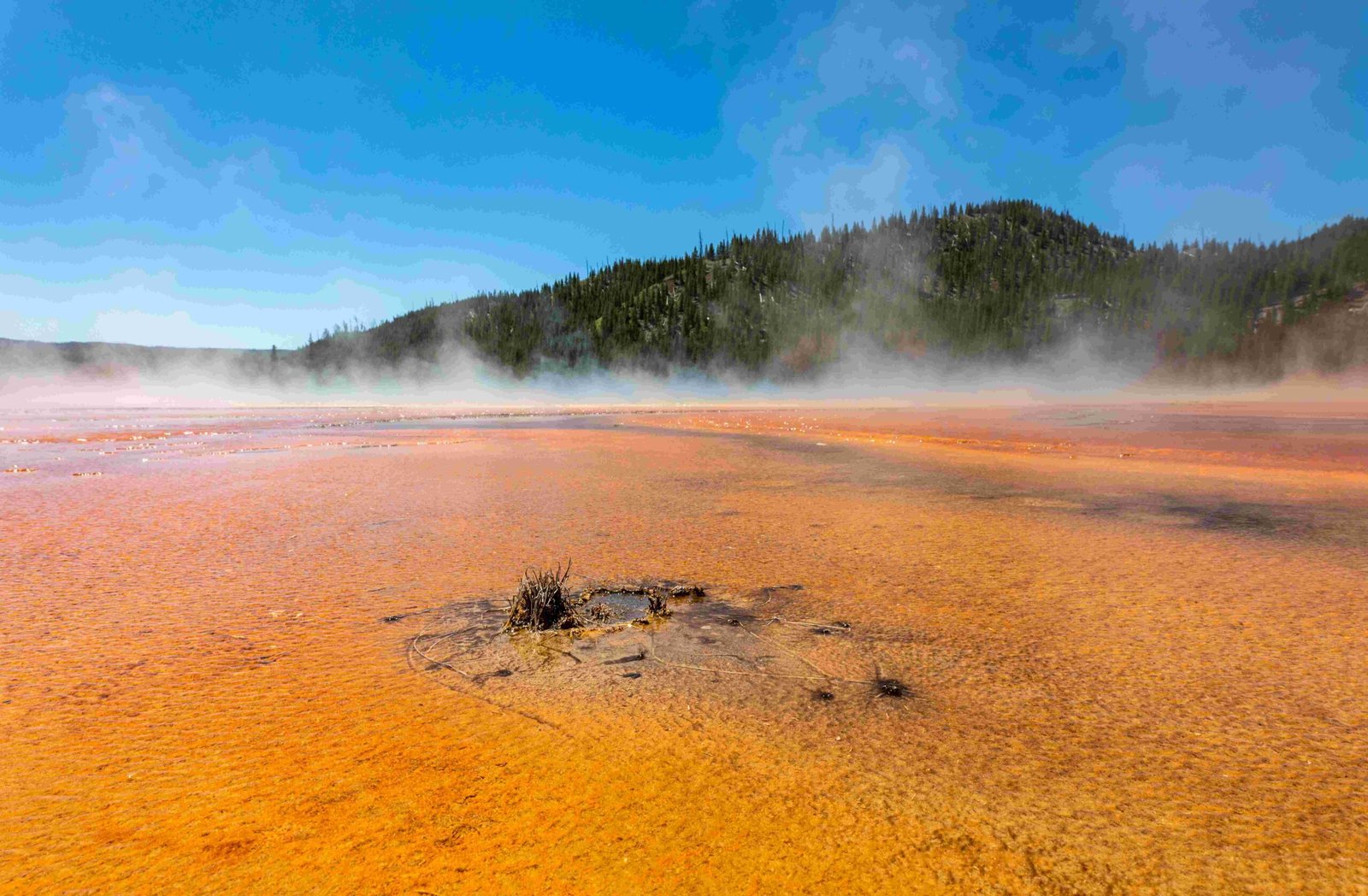The historic Yellowstone National Park Lower Falls is a breathtaking 308-foot waterfall located in the Grand Canyon of the Yellowstone. Discovered by European-Americans in the mid-19th century, it played a crucial role in the establishment of Yellowstone as the world’s first national park in 1872. The falls have been shaped by geological processes over thousands of years and continue to inspire visitors with their majestic beauty and powerful presence.
What is the Historical Significance of the Lower Falls?

The Lower Falls of Yellowstone have a rich history that dates back to their discovery by European-Americans in the mid-19th century. Here are some key historical events:
- 1851: Jim Bridger estimates the height of the falls at 250 feet (an underestimation)
- 1870: Washburn-Langford-Doane Expedition provides vivid descriptions of the falls
- 1871: Thomas Moran’s paintings help raise public interest
- 1872: Yellowstone is designated as the world’s first national park
Notable figures in the falls’ history include:
- Thomas Moran: Artist whose paintings helped popularize the area
- Nathaniel P. Langford: Expedition member who provided poetic descriptions
- Ferdinand V. Hayden: Geologist whose reports were instrumental in park establishment
How Were the Lower Falls Formed?

The formation of the Lower Falls is a result of complex geological processes:
- Composition: Primarily rhyolite rock, hydrothermally altered
- Erosion: Yellowstone River carved through softer rock over thousands of years
- Height: 308 feet tall
- Unique features: Hydrothermal activity weakened the rhyolite, facilitating erosion
The colors in the surrounding canyon are due to the oxidation of iron compounds in the rhyolite rock, creating a stunning visual display.
What Trails Lead to the Lower Falls?
Several historic trails offer access to the Lower Falls, each providing unique perspectives:
- Trail to the Top of the Falls
- Length: Approximately 3/4 mile roundtrip
- Difficulty: Steep with many switchbacks
-
View: Breathtaking perspective from the top of the falls
-
North Rim Trail
- Features: Winds along the rims and into the canyon
- Notable viewpoints:
- Inspiration Point
- Grandview Point
- Lookout Point
| Trail Name | Length | Difficulty | Key Features |
|---|---|---|---|
| Trail to the Top of the Falls | 3/4 mile roundtrip | Steep | View from top of falls |
| North Rim Trail | Varies | Moderate | Multiple viewpoints |
What Are the Best Viewpoints for the Lower Falls?
The Lower Falls can be admired from several iconic viewpoints:
- Inspiration Point
- Description: Dramatic view of the canyon
-
Historical note: Described poetically by Nathaniel P. Langford
-
Lookout Point
- Feature: Railing added by Superintendent P.W. Norris in 1880
-
Popularity: One of the most visited viewpoints
-
Artist Point
- Location: West side of the Grand Canyon
- Significance: Featured in Thomas Moran’s artwork
These viewpoints offer varying perspectives of the falls and surrounding canyon, each providing a unique experience for visitors.
How Does Water Flow Vary at the Lower Falls?
The water flow at the Lower Falls experiences significant seasonal variations:
- Peak flow: Spring, due to snowmelt
- Low flow: Late summer and fall
While specific cubic feet per second data is not available, the dramatic changes in water volume throughout the year affect the falls’ appearance and power.
What Amenities Are Available for Visitors to the Lower Falls?
The Lower Falls area is well-equipped to handle its popularity as one of Yellowstone’s most photographed locations:
- Trails: Well-maintained paths leading to various viewpoints
- Boardwalks: Provide safe access to scenic overlooks
- Viewpoints: Multiple locations offering different perspectives of the falls
While exact visitor numbers and detailed amenity information are not specified, the area is designed to accommodate high visitation while preserving the natural beauty of the site.
How Has the Lower Falls Influenced Art and Culture?
The Lower Falls has left an indelible mark on American art and culture:
- Thomas Moran’s paintings
- Played a crucial role in convincing Congress to establish Yellowstone as a national park
-
Captured the public’s imagination and helped popularize the area
-
Literary descriptions
- Nathaniel P. Langford’s vivid accounts raised public interest
-
Inspired numerous writers and poets over the years
-
Photography
- One of the most photographed spots in Yellowstone, second only to Old Faithful
- Continues to be a popular subject for both amateur and professional photographers
The falls’ majestic beauty has served as a source of inspiration for generations of artists, writers, and nature enthusiasts, cementing its place in American cultural heritage.

